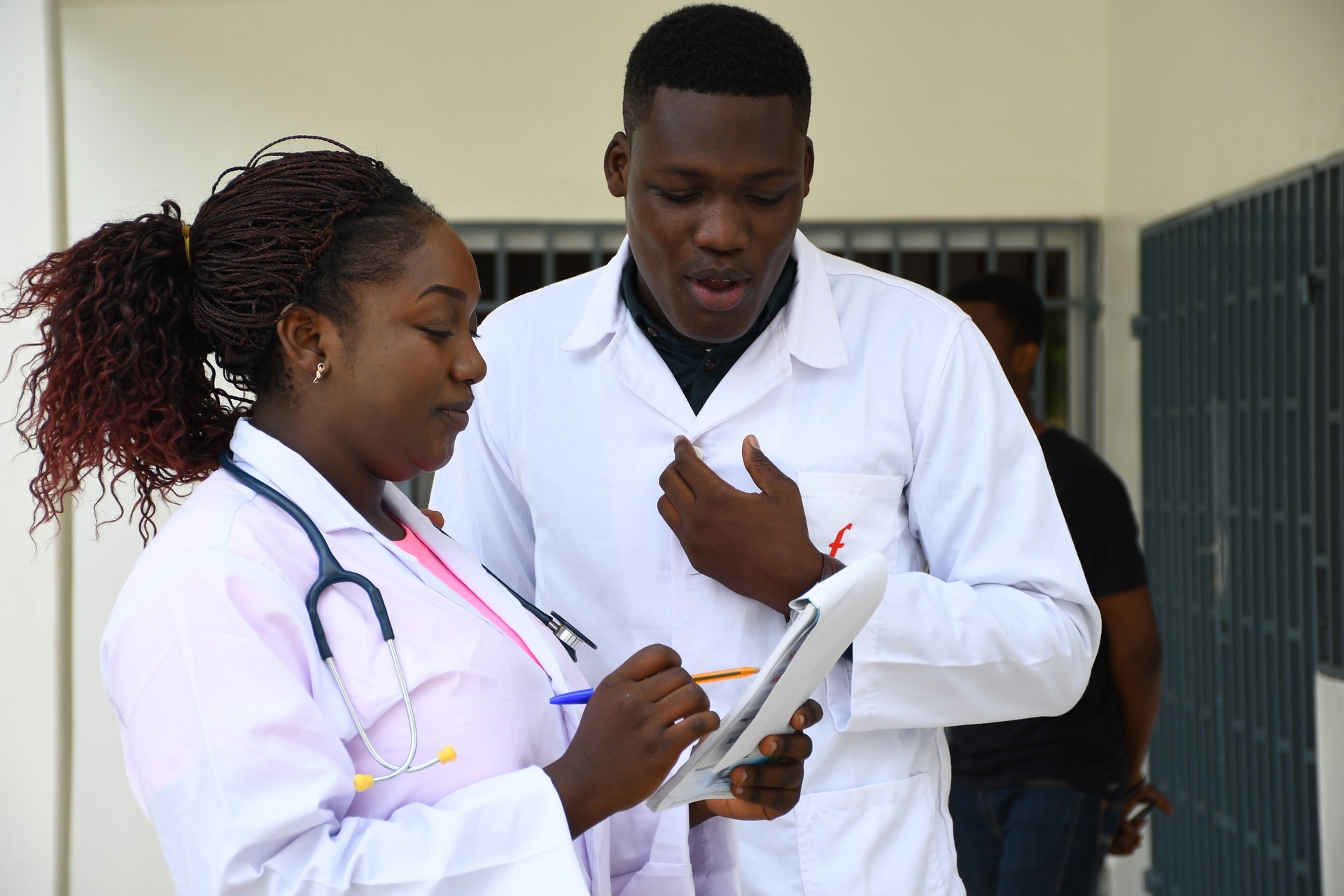Regenerative medicine has perhaps found the necessary vein for it to finally be complete and viable in the long term. A vein of red gold that could revolutionize the medicine of tomorrow. For those who are wondering what regenerative medicine and “red gold” are, I will come to that in the rest of the article.
Medicine of the future
Thanks to advances in knowledge and biological engineering techniques, it is now possible to regenerate, repair or replace an organ. Regenerative medicine is the branch of medicine that uses these techniques to restore damaged organs and promote healing in the body. The full potential of this technique is based on the power of stem cells. Cells that have not yet differentiated into specialized cells of the blood, liver, kidneys, or another organ. Stem cells can divide and produce identical copies of themselves indefinitely.
Division des cellules souches / Peter Znamenski, Wikicommons
Scientists have long worked to decipher cellular behavior and the underside of this differentiation; with the aim of programming a stem cell for a chosen specialization. Likewise, adult cells can be genetically reprogrammed and induced to become heart cells to repair a sick heart for example. They are essential for tissue regeneration and have immense therapeutic potential.
Until now, scientists have mainly exploited four sources of stem cells, derived from embryos: embryonic tissues, fetal tissues, adipose (fat) tissues, and differentiated somatic cells, called induced pluripotent stem cells (iPSCs). You will agree with me that using embryos for scientific purposes is pretty gory, right?! For ethical reasons, the supply of stem cells has not been obvious until now.
The gold Rush
In recent years, studies have demonstrated the presence of stem cells in menstrual blood. A discovery which has revived enthusiasm for regenerative research. First of all, this new source is easy to access, abundant and practical for collection; Unlike others which require invasive, painful procedures and long-term storage, menstrual blood on the other hand is renewed every month. And there is no shortage of donors.
Additionally, stem cells derived from menstrual blood have shown the ability to differentiate into a wide variety of cell types. This makes them ideal for the regeneration of various tissues and gene therapy. Menstrual stem cells have also been shown to be less likely to cause adverse immune reactions when transplanted into a patient. This compatibility reduces the risk of tissue rejection and medical complications.
Deux médecins / Tyck via Iwaria
Researchers have shown that these cells could be used to treat neurodegenerative diseases such as Parkinson disease and the multiple sclerosis. In 2022, menstrual stem cells have been successfully used to treat type 1 diabetes in mice. The transplantation of these cells improved the morphology and function of tissues damaged (liver, kidney, spleen, pancreas) by streptozotocin*.
The salvation of public health?
If research into menstrual stem cells is successful, it could have a clear impact on public health. They could be used to develop personalized treatments, adapted to the needs of each person. The risks associated with transplantation could be reduced thanks to the perfect compatibility of the organs. Women could use their own menstrual stem cells to cure cancer orinfertility. Diseases that do not yet have effective treatment could ultimately find a solution thanks to this unique and “inexhaustible” source of stem cells.
Menstrual blood could rightly be called red gold for regenerative medicine. With advantages such as abundance, versatility and genetic compatibility, menstrual stem cells offer considerable potential for the treatment of cancer, heart disease, neurodegenerative diseases and more. If research progresses as planned, we could witness a medical revolution that will significantly improve public health and quality of life.
A utopia which could meet its glass ceiling in the mysticism linked to certain peoples, certain beliefs or religions. In Africa, for example, many mystical powers are attributed to menstrual blood. Some women go so far as to wash their used sanitary pads before throwing them in the trash. The blood contained in these could be used for occult practices. In the Muslim religion, women are considered impure when they are menstruating. So, how could we ask them to make donations, or to consider treatment using menstrual blood?
And if we asked you, could you donate rules to benefit scientific research?
*streptozotocin: A chemical used to induce a model of diabetes in laboratory animals.
